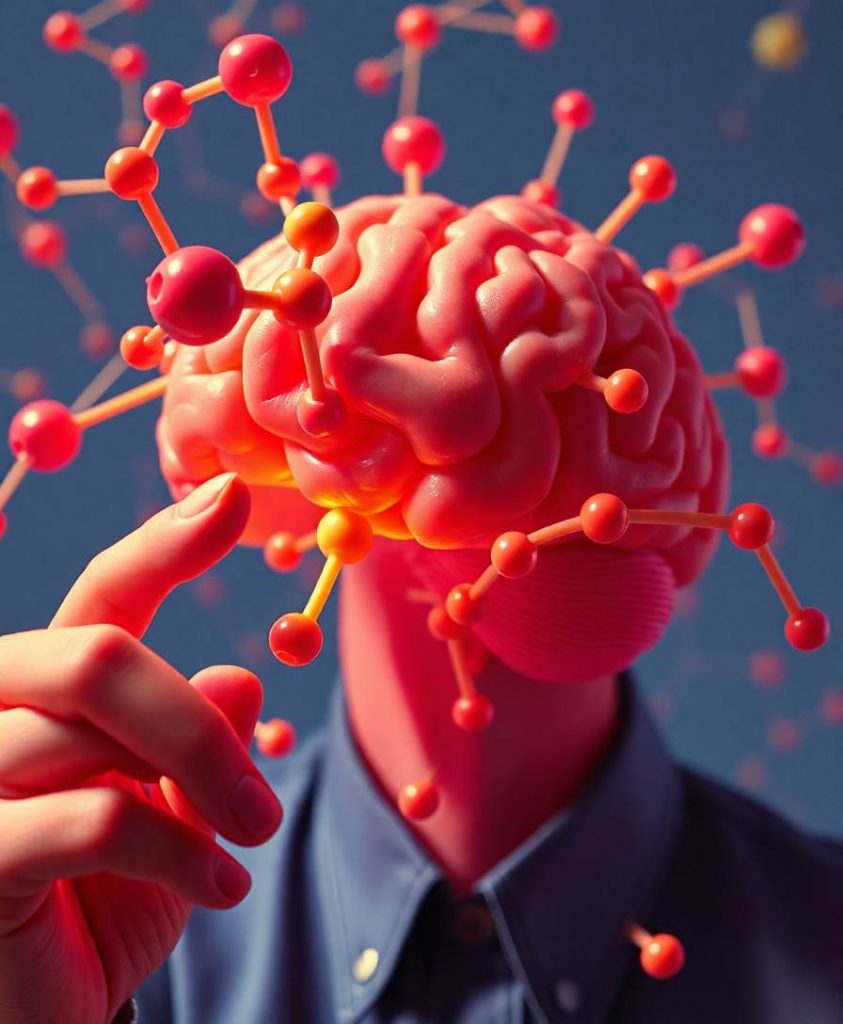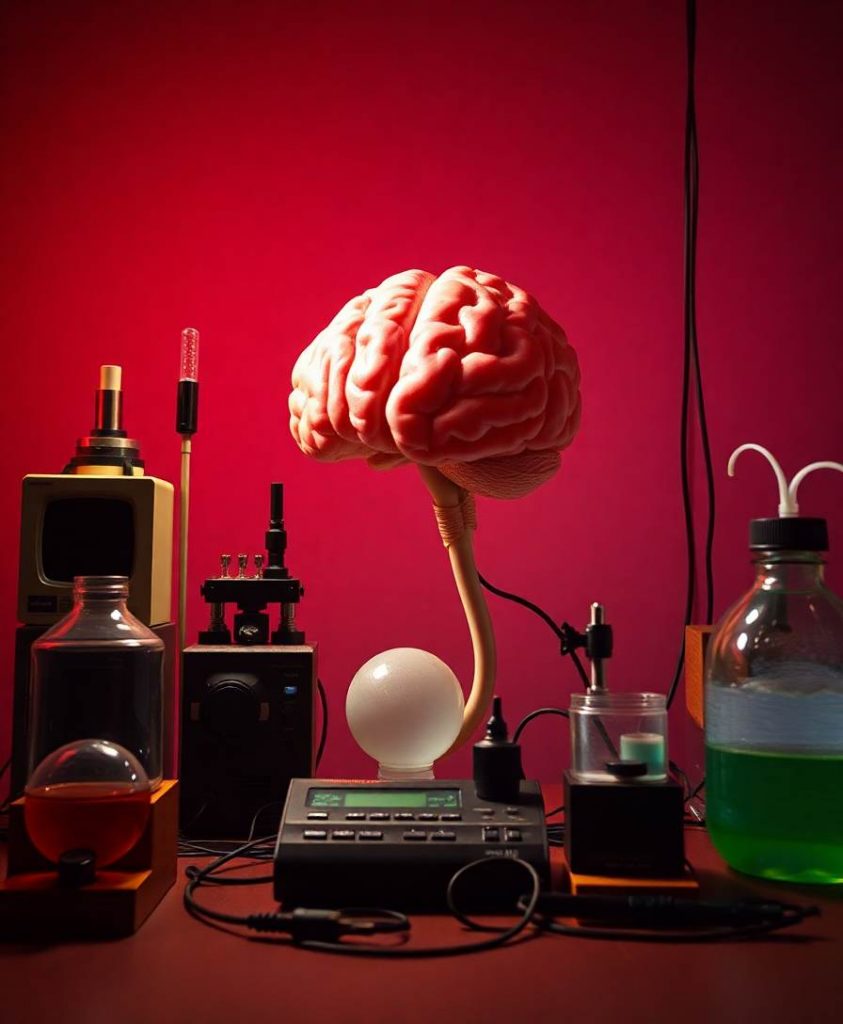Brain-Computer Interfaces (BCIs) are increasingly useful for control. Such BCIs can be used to assist individuals who lost mobility or control over their limbs, for recreational purposes such as gaming or semi-autonomous driving, or as an interface toward man-machine integration. Thus far, the performance of algorithms used for thought decoding has been limited. We show that by extracting temporal and spectral features from electroencephalography (EEG) signals and, following, using deep learning neural network to classify those features, one can significantly improve the performance of BCIs in predicting which motor action was imagined by a subject. Our movement prediction algorithm uses Sequential Backward Selection technique to jointly choose temporal and spectral features and a radial basis function neural network for the classification. The method shows an average performance increase of 3.50% compared to state-of-the-art benchmark algorithms. Using two popular public datasets our algorithm reaches 90.08% accuracy (compared to an average benchmark of 79.99%) on the first dataset and 88.74% (average benchmark: 82.01%) on the second dataset. Given the high variability within- and across-subjects in EEG-based action decoding, we suggest that using features from multiple modalities along with neural network classification protocol is likely to increase the performance of BCIs across various tasks.


